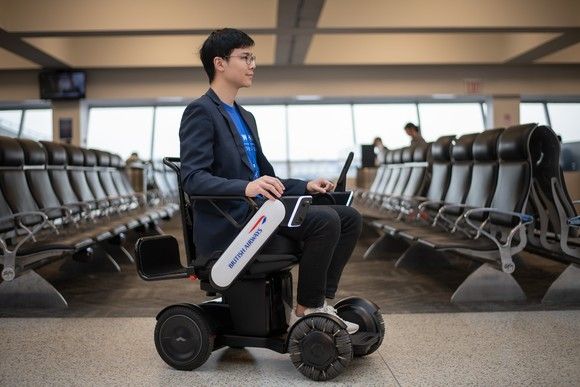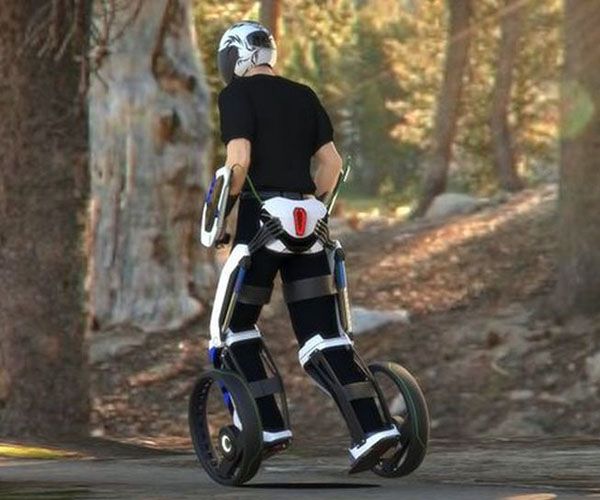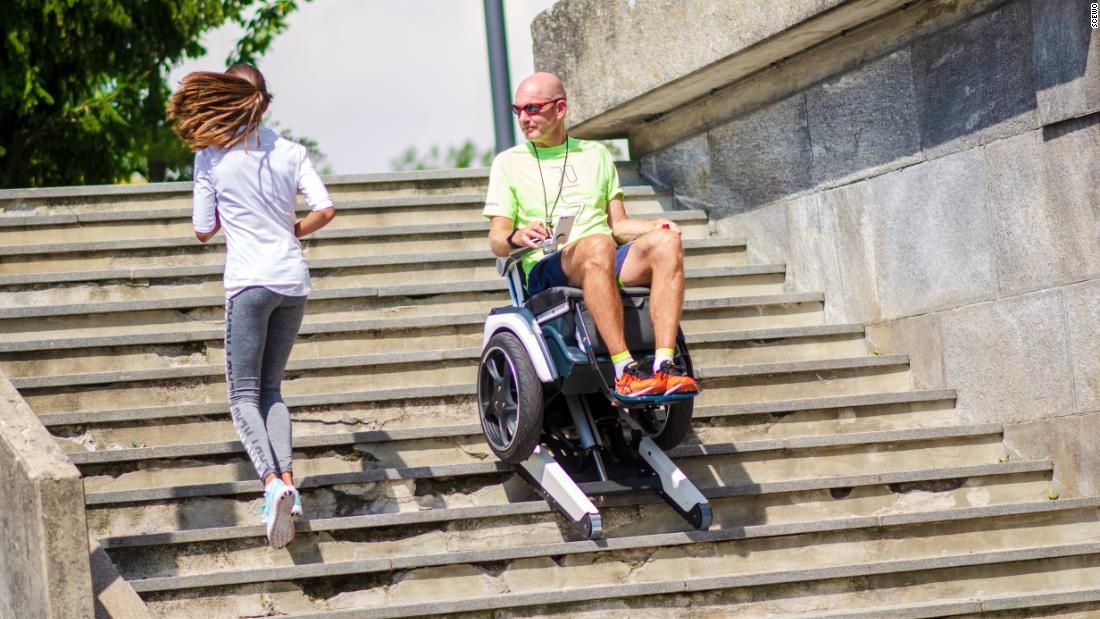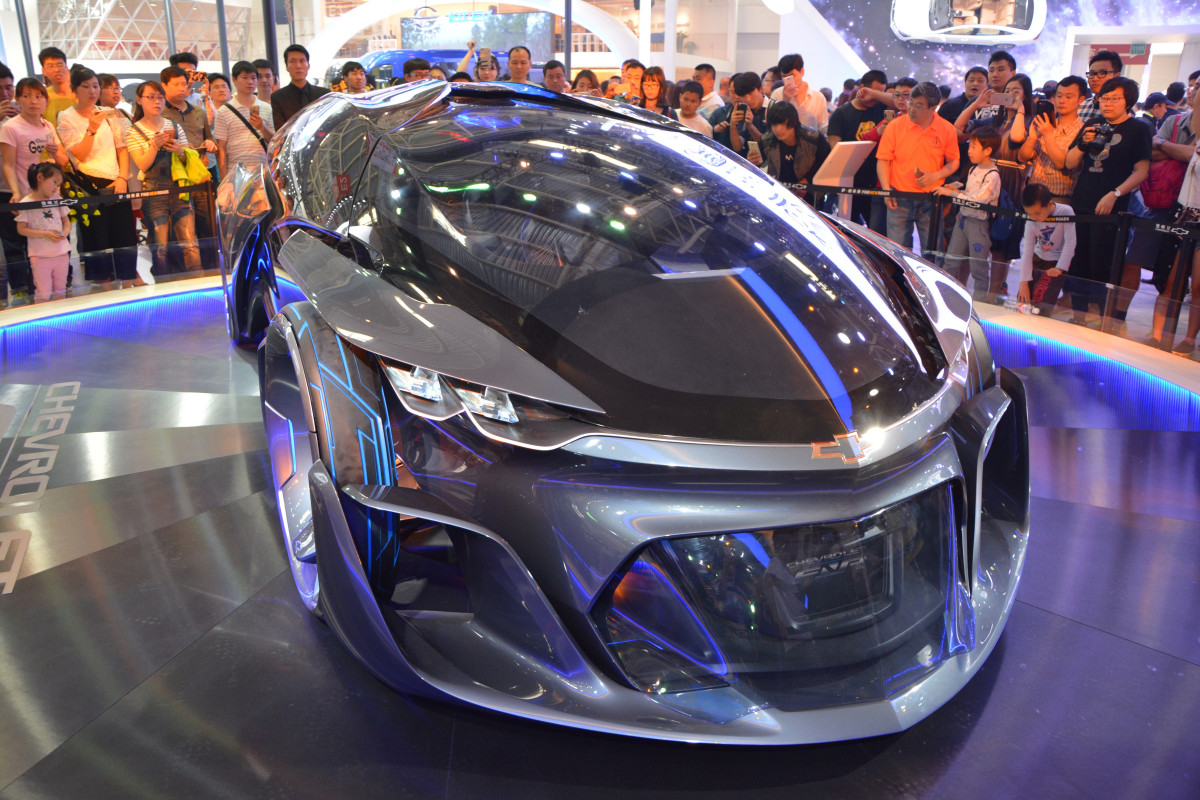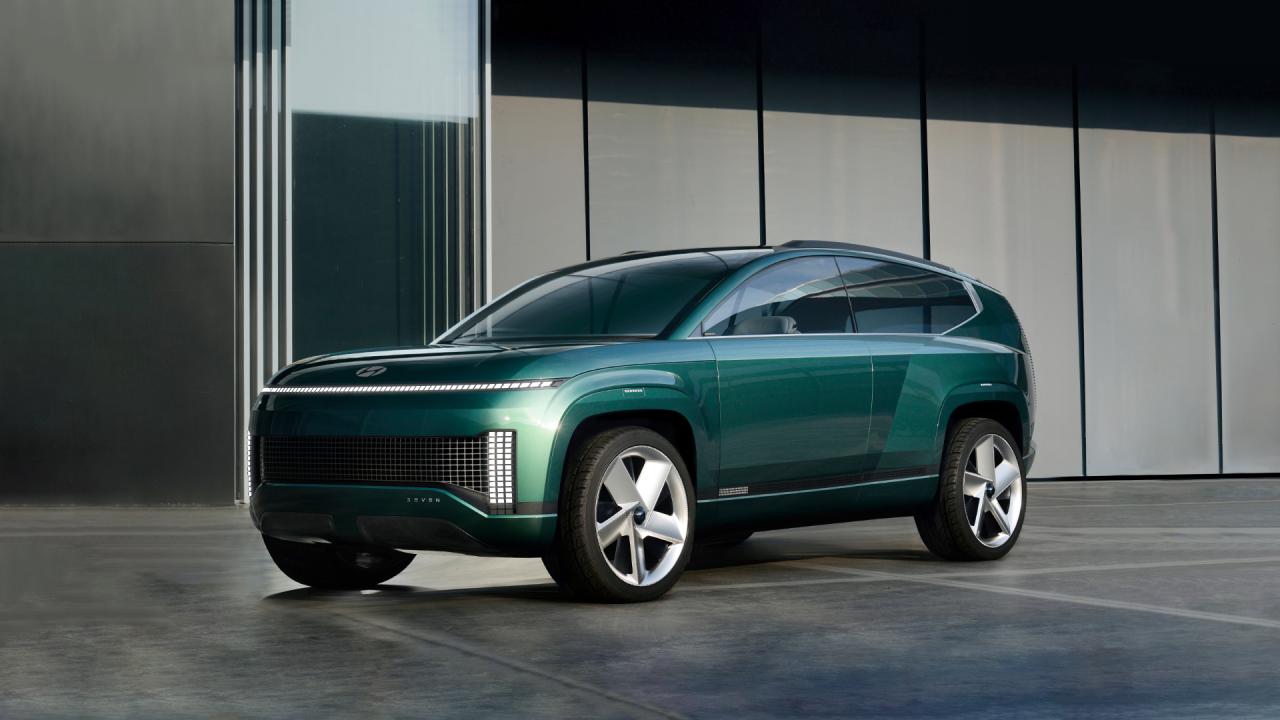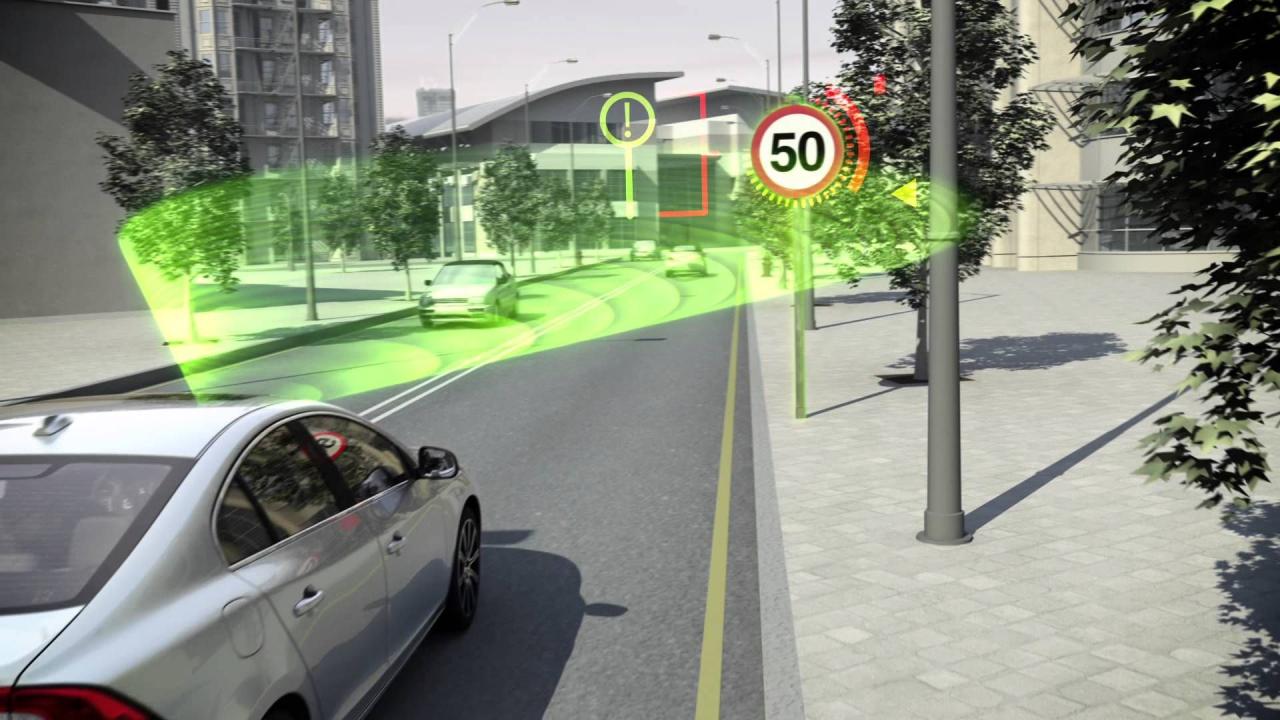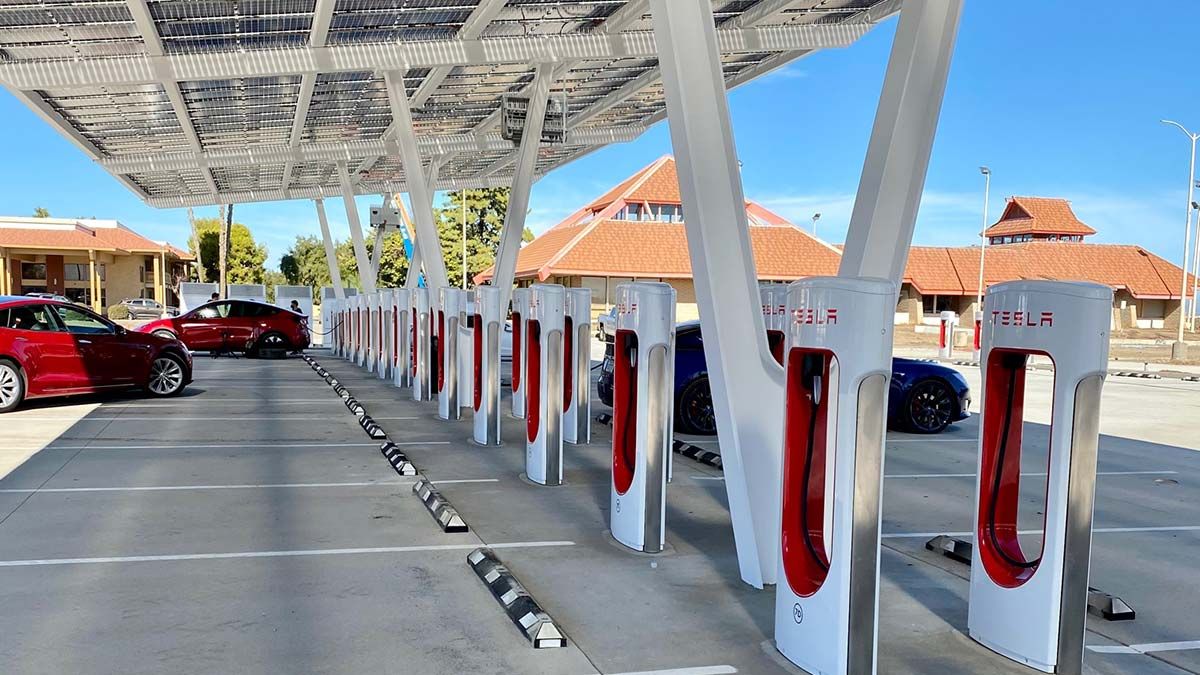Redefining Travel: The Future of Movement
The very definition of personal mobility is undergoing a profound and exhilarating transformation. For over a century, the private automobile reigned supreme, dictating urban planning, travel habits, and lifestyle choices. However, a confluence of technological advancements, shifting demographics, environmental imperatives, and evolving consumer preferences is rapidly ushering in an era of unprecedented innovation in how individuals move from point A to point B. This isn’t just about new vehicles; it’s about a holistic reimagining of transportation, focusing on efficiency, sustainability, accessibility, and personalization. From bustling megacities to sprawling rural landscapes, the ways we navigate our world are becoming more diverse, intelligent, and interconnected than ever before.
The Old Guard: The Reign of the Automobile
For much of the 20th century, personal mobility was largely synonymous with owning a car. Henry Ford’s vision of affordable personal transportation revolutionized society, giving rise to sprawling suburbs, interstate highway systems, and a culture centered around the freedom of the open road. The automobile offered unparalleled convenience, privacy, and the ability to travel on one’s own schedule.
However, the dominance of the internal combustion engine vehicle eventually brought its own set of challenges:
- Traffic Congestion: As urban populations swelled, roads became gridlocked, leading to wasted time, fuel, and immense frustration.
- Environmental Impact: Emissions from millions of vehicles contributed significantly to air pollution and climate change, prompting urgent calls for cleaner alternatives.
- Urban Sprawl and Land Use: The need for extensive road networks and parking spaces reshaped cities, often prioritizing cars over pedestrians and public spaces.
- High Costs of Ownership: Beyond the purchase price, expenses like fuel, insurance, maintenance, repairs, and parking constituted a significant financial burden for many households.
- Accessibility Gaps: Car ownership remained out of reach for many, including those with lower incomes, physical disabilities, or without a driver’s license, limiting their access to opportunities.
These growing pain points laid the groundwork for a critical re-evaluation of mobility solutions, paving the way for a wave of innovation that seeks to address these systemic issues while enhancing the user experience.
Drivers of Change: Catalysts for Mobility Evolution
The current surge in personal mobility innovation is propelled by several powerful, interconnected forces that are reshaping both demand and supply in the transportation sector.
A. Technological Advancements: i. Electrification: The rapid development of battery technology, electric motors, and charging infrastructure is making Electric Vehicles (EVs) a viable, and often superior, alternative to gasoline cars. This extends beyond traditional cars to include electric bicycles, scooters, and even eVTOL (electric Vertical Take-Off and Landing) aircraft. ii. Connectivity (IoT and 5G): The Internet of Things (IoT) enables vehicles and infrastructure to communicate seamlessly (V2X communication), sharing real-time data on traffic, hazards, and available services. The rollout of 5G networks provides the high-speed, low-latency connectivity crucial for these connected systems, enhancing safety and efficiency. iii. Artificial Intelligence (AI) and Machine Learning: AI powers autonomous driving systems, optimizes ride-sharing algorithms, predicts traffic patterns, and personalizes mobility services. Machine learning allows systems to continuously learn and improve from vast datasets, making mobility solutions smarter and more efficient. iv. Advanced Materials: Lighter, stronger, and more sustainable materials (e.g., advanced composites, recycled plastics, bio-based materials) are being used to build more efficient and environmentally friendly vehicles across all scales. v. Sensors and Mapping: High-resolution cameras, lidar, radar, and precise GPS mapping are fundamental to autonomous navigation and advanced driver-assistance systems, allowing vehicles to perceive their environment with unprecedented accuracy.
B. Urbanization and Demographic Shifts: i. Growing Urban Populations: More than half of the world’s population now lives in urban areas, a figure projected to rise significantly. This density strains existing transport infrastructure and exacerbates congestion and pollution, necessitating smarter, multi-modal solutions. ii. Changing Lifestyle Preferences: Younger generations, particularly millennials and Gen Z, often prioritize access over ownership, experience over possession, and sustainability over convenience at any cost. This fuels demand for flexible, on-demand mobility services that don’t involve the burdens of car ownership. iii. Aging Populations: In many developed countries, aging populations require accessible and easy-to-use mobility options that may not involve driving. Autonomous vehicles and simplified shared services can play a crucial role here.
C. Environmental Imperatives: i. Climate Change Concerns: The urgent need to reduce greenhouse gas emissions is driving a global shift away from fossil-fuel-powered vehicles. Governments are implementing stricter emissions standards and incentivizing EV adoption, while consumers are increasingly demanding sustainable transport options. ii. Air Quality: Urban air pollution, largely caused by vehicle emissions, has severe public health consequences. Promoting electric, shared, and active transport options directly addresses this critical issue.
D. Economic Factors: i. High Cost of Ownership: The escalating costs associated with buying, maintaining, fueling, and insuring a private car are making alternative mobility solutions financially more appealing, especially in cities. ii. Gig Economy and Flexible Work: The rise of the gig economy and remote work has created a workforce that values flexibility in all aspects of life, including how they travel. This aligns well with on-demand and subscription-based mobility services.
The New Landscape of Personal Mobility: Diverse Solutions
The response to these drivers of change has been an explosion of diverse mobility solutions, moving far beyond the single-user, privately owned car.
A. Shared Mobility Services: i. Ride-Hailing/Ride-Sharing (e.g., Uber, Grab, Lyft): These services connect riders with drivers via mobile apps, offering on-demand private transport that reduces the need for personal car ownership. They leverage existing private vehicles but operate on a shared economic model. ii. Car-Sharing (e.g., Zipcar, Share Now): Users can rent cars by the hour or day from a shared fleet, providing access to a vehicle without the commitment of ownership. This is particularly popular for occasional use or specific needs (e.g., moving furniture). iii. Subscription Models (e.g., Care by Volvo, Access by BMW, various third-party services): As discussed, these offer a single monthly payment covering vehicle use, insurance, and maintenance, often with the flexibility to swap vehicles. They blend the convenience of ownership with the flexibility of renting. iv. Vanpooling/Carpooling Apps: Technologies that facilitate organized ride-sharing for commuters, aiming to reduce the number of single-occupancy vehicles on the road.
B. Micro-Mobility Solutions: i. Electric Scooters (e-scooters): Lightweight, often foldable, and ideal for short distances, particularly in urban environments. Shared e-scooter fleets have become common in many cities, offering a quick and flexible solution for the “last mile.” ii. Electric Bicycles (e-bikes): Providing pedal-assist power, e-bikes make cycling more accessible for longer distances, hilly terrain, or for riders with varying fitness levels. Both privately owned and shared e-bike schemes are rapidly growing. iii. Personal Electric Vehicles (PEVs) beyond scooters/bikes: This category includes electric unicycles, skateboards, and other compact, battery-powered devices designed for individual transport over short to medium distances. iv. Shared Dockless Bikes: While facing some operational challenges, these services allow users to pick up and drop off bicycles anywhere within a designated area via an app, promoting cycling in cities.
C. Advanced and Emerging Vehicle Concepts: i. Electric Vehicles (EVs): Beyond traditional cars, the electrification trend extends to electric trucks, buses, and even motorcycles. The focus is on increasing range, reducing charging times, and expanding charging infrastructure. ii. Autonomous Vehicles (AVs): Self-driving cars, shuttles, and delivery robots promise to revolutionize mobility by enhancing safety, efficiency, and accessibility. While full Level 5 autonomy is still distant, Level 4 robotaxis and autonomous shuttles are already operating in geofenced areas. iii. eVTOL Aircraft (Flying Cars/Taxis): Electric Vertical Take-Off and Landing vehicles are under rapid development, aiming to provide aerial urban mobility for short to medium distances, potentially alleviating ground congestion. Companies like Joby Aviation, Archer Aviation, and Volocopter are at the forefront. iv. Hyperloop and High-Speed Rail: While not “personal” in the sense of individual vehicles, these represent innovations in inter-city and regional mass transit, offering rapid, efficient alternatives to air or car travel for longer distances.
D. Integrated Mobility Platforms (MaaS – Mobility-as-a-Service): i. Single-App Solutions: The ultimate vision for personal mobility innovation is MaaS, where users can plan, book, and pay for various modes of transport (public transit, ride-hailing, car-sharing, micro-mobility) all through a single, seamless digital platform. This aims to optimize journeys based on real-time data, personal preferences, and cost-efficiency. ii. Data Aggregation and AI Optimization: MaaS platforms leverage vast amounts of data and AI to predict demand, manage fleets, optimize routes, and personalize transport options for individual users, creating highly efficient urban mobility networks.
The Benefits: A Brighter Future for Movement
The shift towards diverse and innovative personal mobility solutions promises a multitude of benefits for individuals, communities, and the planet.
A. Environmental Sustainability: i. Reduced Emissions: The widespread adoption of electric vehicles and active transport (walking, cycling) significantly lowers greenhouse gas emissions and urban air pollution, contributing to cleaner cities and combating climate change. ii. Efficient Resource Use: Shared mobility models lead to higher utilization rates for vehicles, meaning fewer cars are needed to serve the same number of people, reducing the demand for raw materials and energy in manufacturing.
B. Enhanced Urban Livability: i. Reduced Congestion: Multi-modal transport, optimized routing, and the potential reduction in private car ownership can alleviate traffic bottlenecks, freeing up valuable time and reducing frustration for commuters. ii. Reclaiming Urban Space: Less demand for parking and roads means urban areas can repurpose land for green spaces, pedestrian zones, parks, and housing, creating more vibrant, healthy, and human-centric cities. iii. Quieter Cities: Electric vehicles are significantly quieter than internal combustion engine cars, contributing to reduced noise pollution in urban environments.
C. Improved Accessibility and Inclusivity: i. Mobility for All: On-demand services and eventually autonomous vehicles can provide independent transportation for the elderly, people with disabilities, and individuals who cannot or choose not to drive, significantly enhancing their freedom and participation in society. ii. Economic Opportunity: Better access to affordable and efficient transportation can open up employment opportunities for those in underserved areas.
D. Cost Savings for Consumers: i. Lower Overall Transport Costs: For many, particularly urban dwellers, using a combination of public transit, micro-mobility, and shared car services can be significantly cheaper than the total cost of owning, maintaining, and insuring a private vehicle. ii. Predictable Expenses: Subscription models, in particular, offer predictable monthly costs, eliminating unexpected repair bills and simplifying personal budgeting.
E. Increased Productivity and Convenience: i. More Productive Travel Time: In autonomous vehicles or comfortable shared rides, commuters can use their travel time for work, relaxation, or leisure, transforming wasted time into productive hours. ii. Seamless Journey Planning: MaaS platforms promise frictionless travel planning, allowing users to combine different transport modes for the most efficient and convenient journey, all managed from a smartphone.
Challenges and the Road Ahead
While the vision for future personal mobility is bright, several significant challenges must be addressed for these innovations to reach their full potential.
A. Infrastructure Development: i. Charging Infrastructure: The widespread adoption of EVs requires a robust, ubiquitous, and reliable charging infrastructure that can serve homes, public spaces, and highways. This includes fast chargers, smart charging solutions, and grid integration. ii. Digital Infrastructure: For connected and autonomous vehicles, robust 5G networks and secure data transmission infrastructure are essential. iii. Micro-mobility Infrastructure: Cities need to develop safe and dedicated infrastructure for e-scooters and e-bikes, including bike lanes, charging stations, and designated parking areas, to prevent sidewalk clutter and ensure user safety.
B. Regulatory and Legal Frameworks: i. Autonomous Vehicle Regulations: Governments worldwide are grappling with establishing clear, harmonized regulations for the testing, deployment, and liability of autonomous vehicles. ii. Micro-mobility Laws: Rules for e-scooter speed limits, parking, and where they can be ridden (sidewalks vs. roads) are still evolving in many jurisdictions. iii. Data Privacy and Security: The vast amount of data collected by connected vehicles and mobility platforms raises significant privacy concerns that require robust legal frameworks and strong cybersecurity measures.
C. Consumer Acceptance and Behavioral Change: i. Trust in New Technologies: Building public trust in autonomous vehicles and new mobility solutions requires transparent communication, proven safety records, and effective education campaigns. ii. Shifting Habits: Encouraging a cultural shift away from private car ownership towards shared and multi-modal transport requires overcoming deeply ingrained habits and perceptions of convenience and status. iii. Equity and Affordability: Ensuring that new mobility solutions are accessible and affordable to all segments of society, not just early adopters or urban elites, is crucial to avoid exacerbating existing social inequalities.
D. Economic Viability of New Business Models: i. Profitability Challenges: Many new mobility services, particularly ride-hailing and some micro-mobility companies, have struggled with profitability, requiring significant investment to scale operations. Sustainable business models are still evolving. ii. Competition and Consolidation: The market is highly competitive, leading to consolidation and the need for companies to find unique value propositions and efficient operational strategies.
E. Cybersecurity Risks: As vehicles become more connected and reliant on software, they become vulnerable to cyberattacks. Robust cybersecurity protocols are essential to protect vehicle systems, personal data, and the overall integrity of mobility networks.
The Road Ahead: Towards a Seamless Mobility Ecosystem
The future of personal mobility is not about replacing one mode of transport with another, but about creating a rich, integrated, and flexible ecosystem of options. We are moving towards a future where:
A. Intermodality is King: Journeys will seamlessly combine various modes – perhaps an e-scooter to the public transit hub, a fast train for the intercity commute, and a robotaxi for the final mile. Apps will optimize these multi-modal journeys in real-time. B. Personalization is Standard: Mobility services will increasingly be tailored to individual preferences, schedules, and budgets, perhaps even anticipating needs based on calendar entries or location data. C. Sustainability is Integrated: Electric, shared, and active transport options will be prioritized, driven by both consumer demand and regulatory pressures, leading to cleaner and healthier urban environments. D. Safety is Enhanced by Automation: While still facing hurdles, autonomous technology promises to drastically reduce accidents, making roads safer for everyone. E. Data Drives Efficiency: Vast amounts of mobility data will be leveraged (with privacy safeguards) to continuously optimize traffic flow, fleet management, and infrastructure planning, leading to unprecedented levels of efficiency.
Personal mobility innovation is a dynamic and exciting field, promising to fundamentally redefine our relationship with transportation. It’s a journey from car ownership to seamless access, from congestion to connectivity, and from pollution to progress. The challenges are significant, but the potential rewards – more livable cities, a cleaner planet, and unprecedented individual freedom – make this a journey well worth embarking on.

